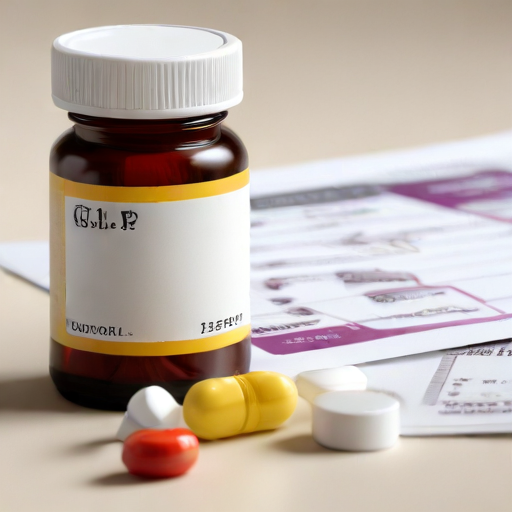According to a recent study published in the Annals of Internal Medicine, there is a notable increase in the number of individuals without diabetes being prescribed GLP-1 medications, while prescriptions for those with diabetes are on the decline. This trend raises concerns about a potential shortage of these essential treatments.
GLP-1 drugs, which mimic a hormone responsible for regulating blood sugar levels and curbing appetite, were originally approved for the management of type 2 diabetes. However, following the FDA’s approval of Wegovy for weight loss in 2021, their use has expanded significantly. The growing demand has led both Novo Nordisk and Eli Lilly to struggle with meeting production needs for their GLP-1 drug offerings, including Zepbound, Mounjaro, Wegovy, and Ozempic.
Researchers from Cedars-Sinai Medical Center and other institutions reviewed the medical records of 45 million Americans who had at least one doctor visit between 2011 and 2023. They discovered that the percentage of new GLP-1 users with type 2 diabetes dropped from nearly 90% to over 70% from 2019 to 2023, while the proportion of new users without diabetes increased from 10% to 25%.
“This data suggests that more healthcare providers are recognizing the efficacy of these medications in addressing obesity, marking a significant shift in public health perspectives,” noted Yee Hui Yeo, the co-first author of the study. Nevertheless, this shift raises alarms about possible medication shortages and the necessity of ensuring continued access for diabetes patients.
Despite the rising popularity of GLP-1 drugs for weight loss, the study points out that not all data may accurately reflect nationwide trends, as it utilized information from TriNetX, a healthcare software company.
The success of GLP-1 medications has transformed Eli Lilly and Novo Nordisk into leading pharmaceutical giants, with Morgan Stanley projecting that the global market for these drugs could hit $105 billion by 2030. By 2035, it is expected that about 31.5 million individuals, or approximately 9% of the U.S. population, will be utilizing these medications.
This article underscores the dual nature of progress in medical treatments: while the acknowledgment of GLP-1 drugs as effective tools for weight management brings new opportunities, it also presents challenges that must be addressed to ensure accessibility for those with diabetes. Addressing these potential shortages could lead to more balanced and equitable healthcare solutions in the future, benefiting both those with diabetes and those seeking to manage their weight.
In summary, as the demand for GLP-1 drugs grows, it is imperative for healthcare systems and pharmaceutical companies to work collaboratively in order to meet these demands while safeguarding access for all patients.
